The Snake River Fur Post has reopened for the season. As I’ve mentioned a few times before, I’m on a quest to put my Minnesota Historical Society membership to good use and explore all of their sites. Last fall, I visited the Snake River Trading Post just before they closed for the season. So I put off posting about it until now so you can make plans to visit if this piques your interest.
Snake River Fur Post is located about 70 miles north of the Twin Cities in Pine City, Minnesota. The site consists of a visitor center with exhibits, a reconstructed Ojibwe camp and trading post, and walking trails. Guided tours are available and last about 40 minutes – although my parents and I were the only ones on our tour. We had a lot of questions, so we spent around an hour talking with the guide and learning about the fur trade!
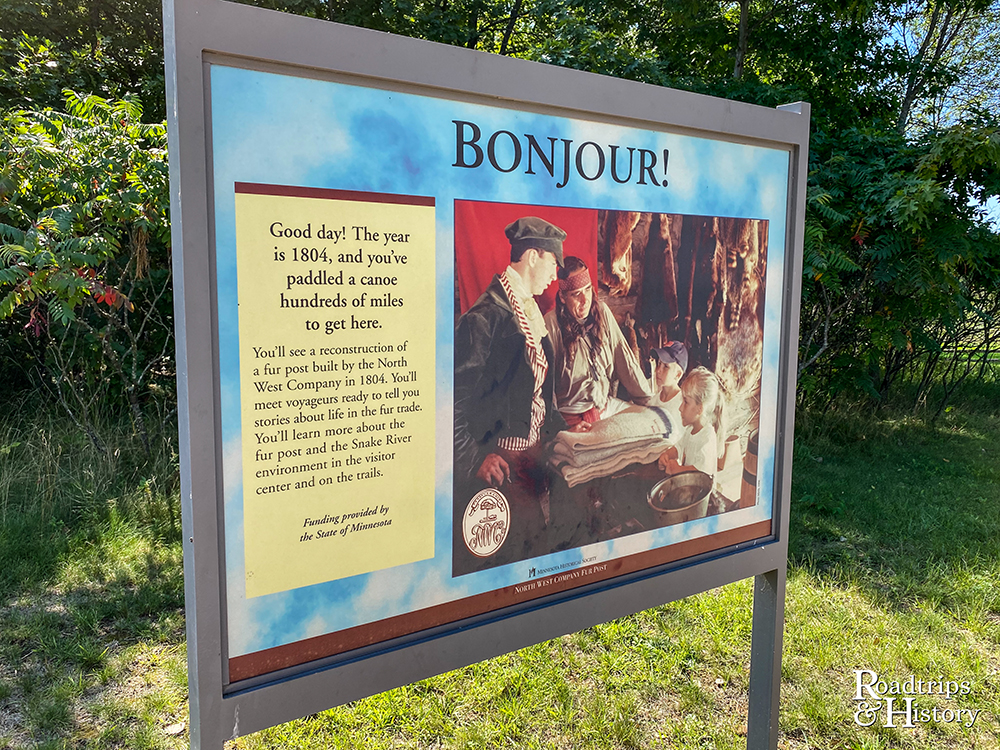
The North West Company
We learned that John Sayer was a partner in the North West Company. The North West Company was established in Montreal in the 1780s and was in direct competition for acquiring trapped furs from local American Indians with the XY Company and Hudson’s Bay Company. Beaver pelts were in demand due to the popularity in Europe of high-fashion hats made using beaver fur.
So in the summer of 1804, Sayer set off with a crew of eight voyageurs from Fort St. Louis near present-day Superior, Wisconsin, with 4.5-tons of goods. Sayer wanted to build camp further west from the site we see today. However, his Ojibwe guides advised Sayer to stay within their territory rather than move onto Dakota land.
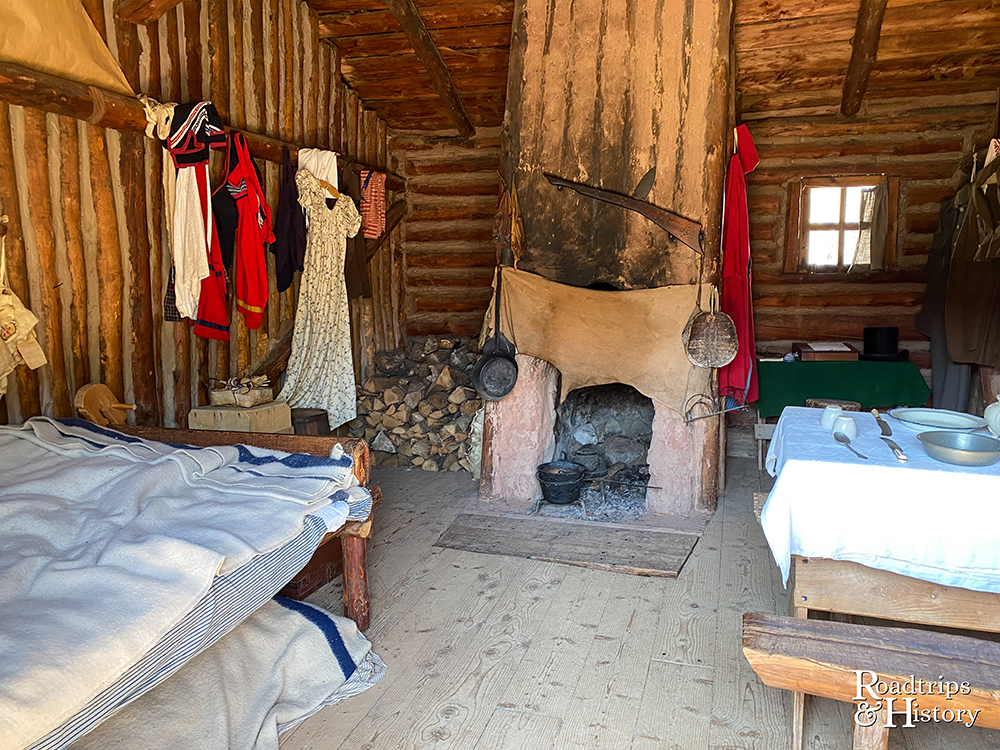
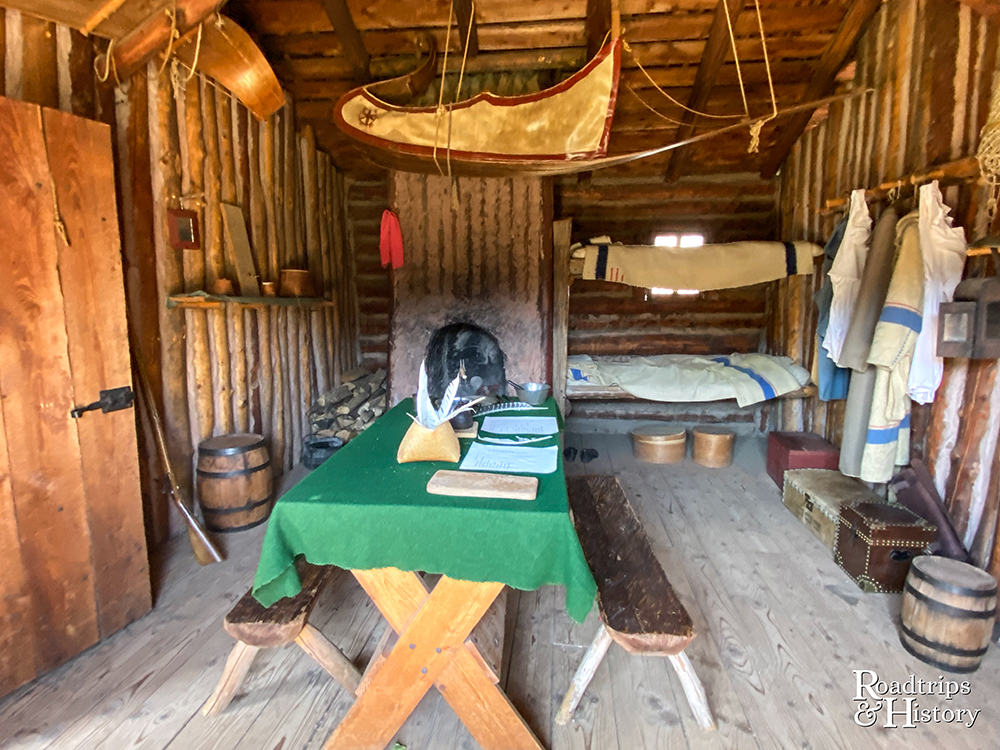
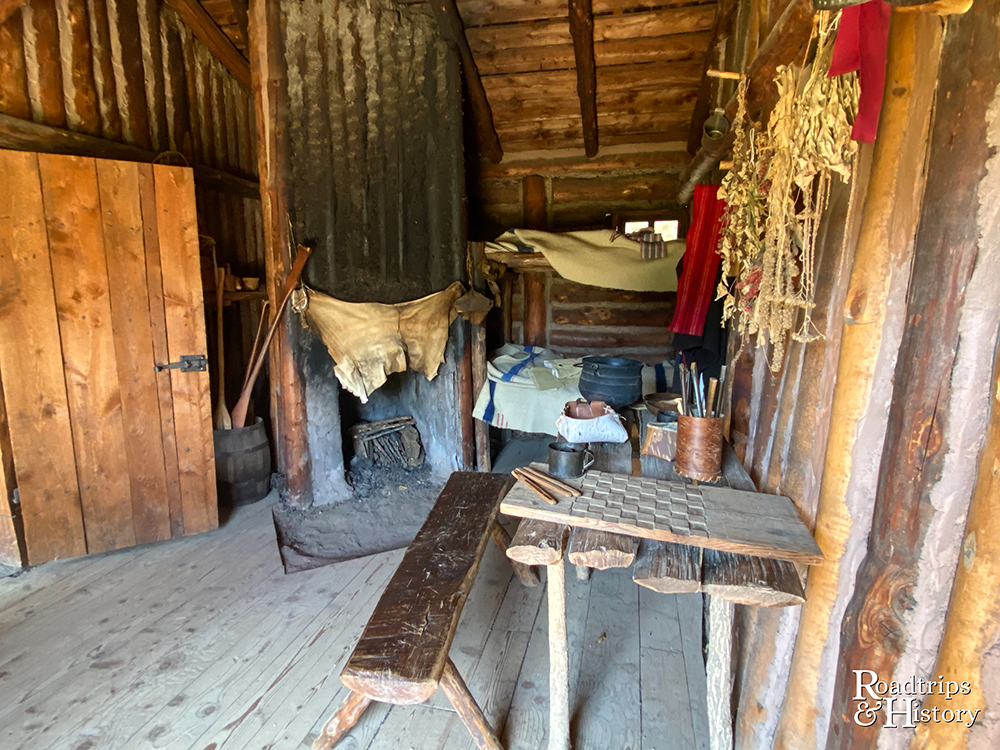
A Wintering Post
It was late fall when the group finally found a location to build their wintering post. They were close to the river, surrounded by forest and prairie with abundant wild rice, berries, fish, game, maples for sap, and plenty of beaver to trap for their pelts. Their first mission was to build shelter and begin making connections with the local Ojibwe hunters and trappers.
Sayer directed his men to build a six-room row house, measuring 77 feet long by 18 feet wide, surrounded by a palisade. There was a private room for Sayer and his Ojibwe wife, two bunk rooms for the eight voyageurs, a storehouse, a trading room, and private lodgings for a company clerk.
The men hunted and trapped near the post throughout the winter and traded pelts with local Ojibwe in exchange for the goods brought from Fort St. Louis. After just 233 days, the group packed up all the hides they acquired, settled debts, and left. They began a six-week journey to Fort William near present-day Thunder Bay, Ontario, in canoes weighted down with beaver pelts.
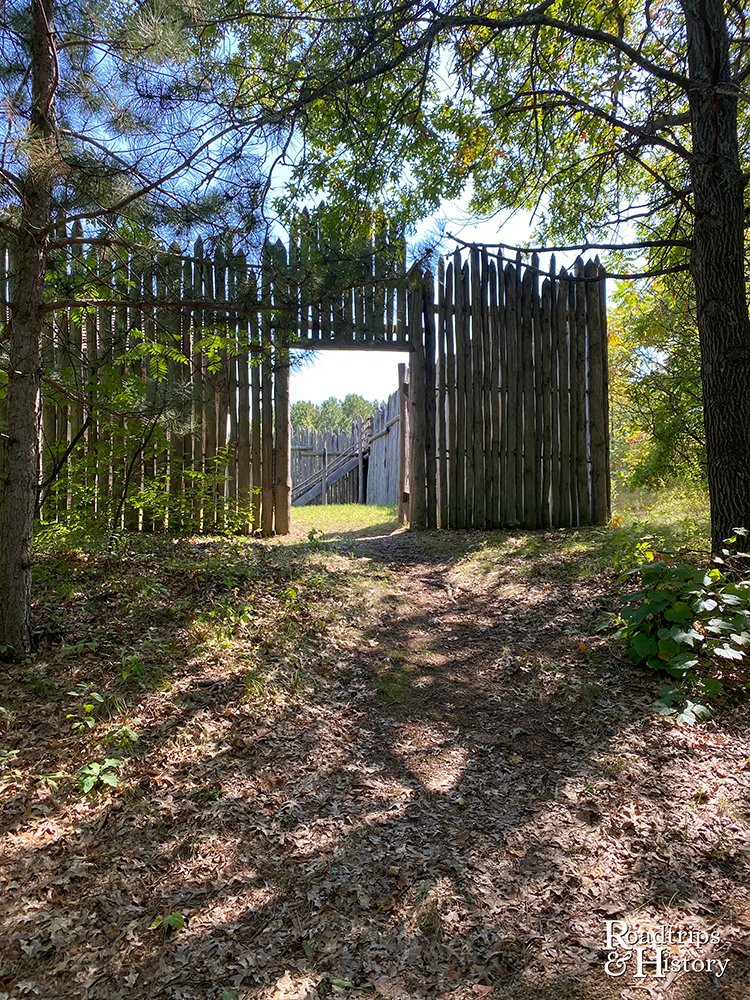
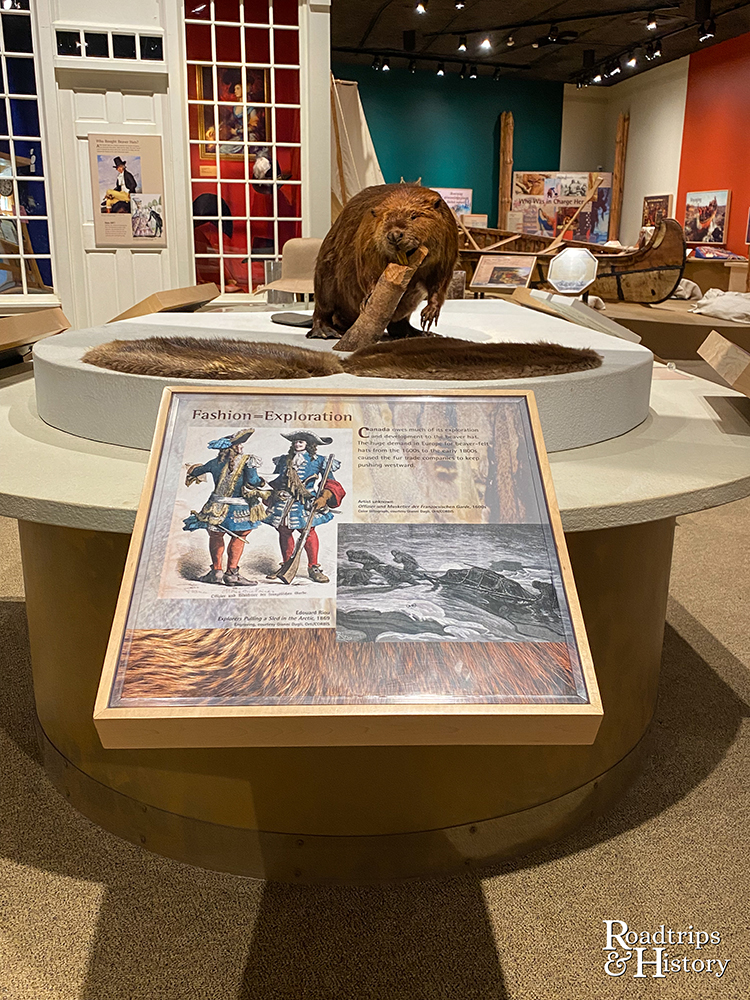
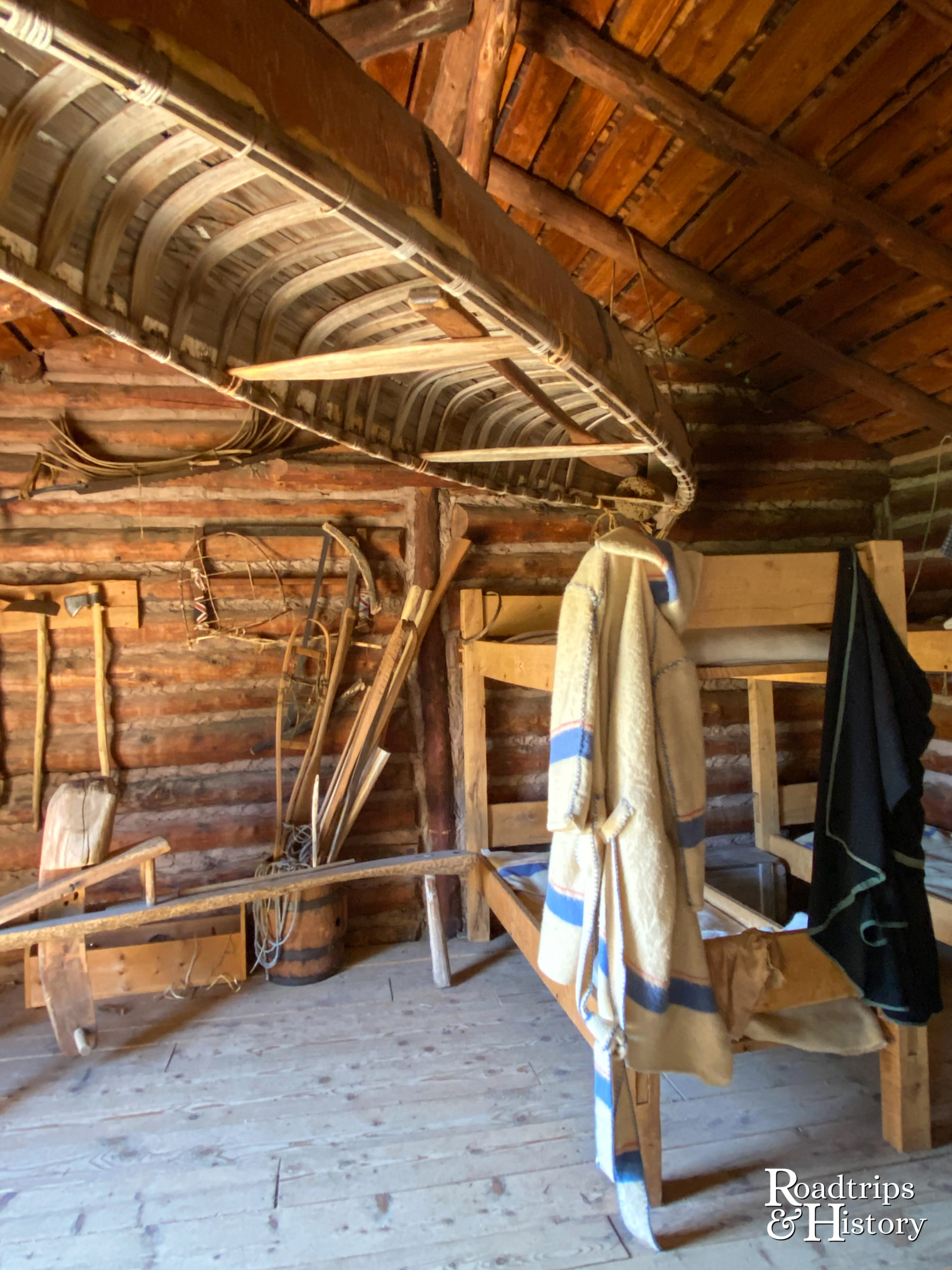
Rediscovery & Reconstruction
There’s some evidence that other traders may have used the post after the North West Company left, but Sayer never returned. The location was lost until a local man found several flints used for rifles in the 1930s. That led to a full archaeological excavation where remnants of the site were found in the 1960s. The Minnesota Historical Society acquired the property and began reconstructing the site using evidence found during the dig and Sayer’s comprehensive journals.
Of course, there’s so much more to learn about this period of history at the Snake River Fur Post. The visitor center does a good job of explaining the fur trade from the voyageur and American Indian points of view, the fashion that caused the near extinction of beaver in North America, the archaeology, and more. The post is open Friday and Saturday, 10 a.m. – 5 p.m., from June until the end of September.
